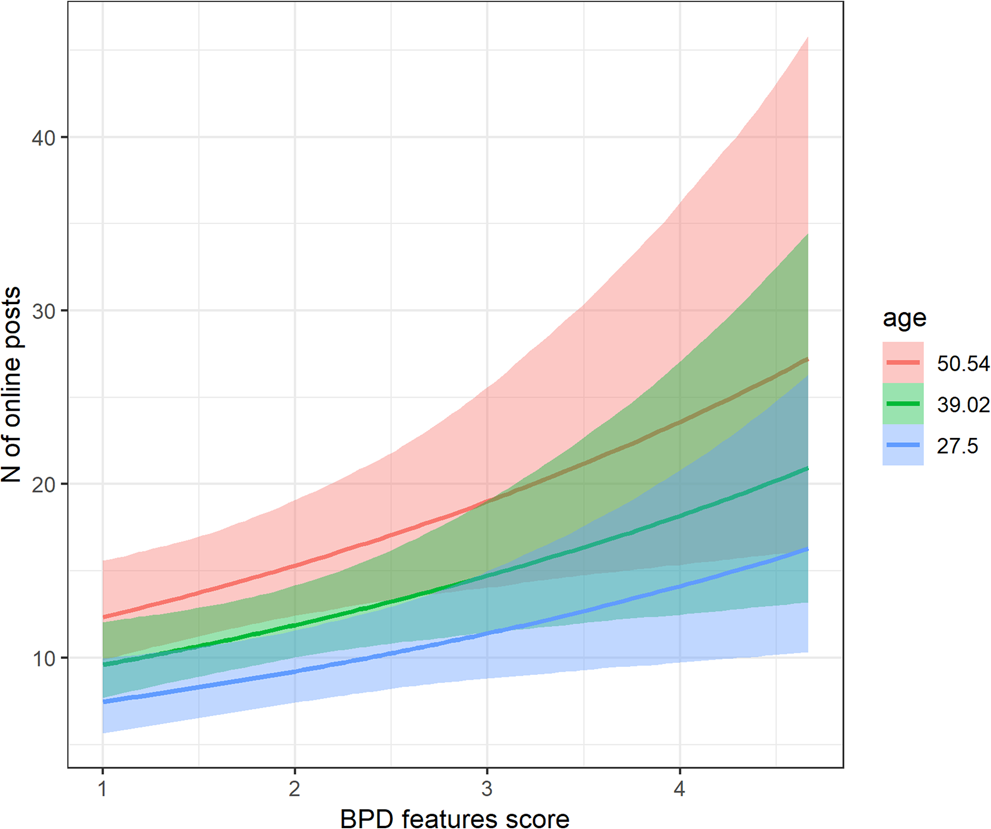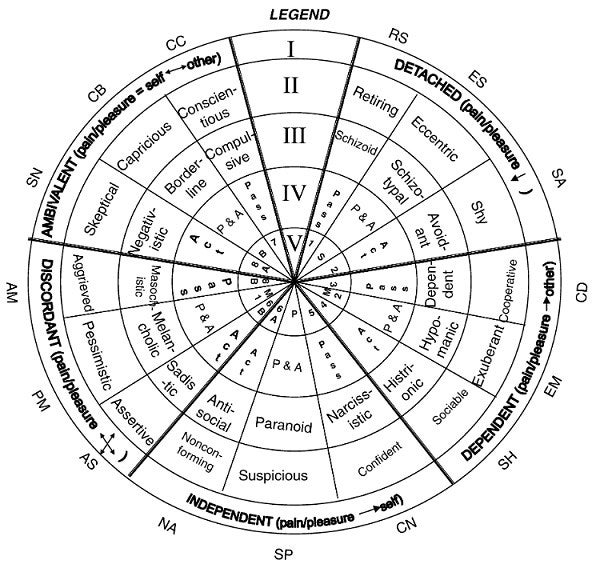
Subjects were 49 male and female inpatient alcoholics in an Icelandic psychiatric hospital. Implications for the assessment of BPD are discussed. Methodological variations in the scoring and interpretation of the MMPI and their effects on discrimination between borderline and non-borderline personality disordered alcoholics were investigated. MMPI profiles of 29 male veteran inpatients with a diagnosis of Borderline. The review focuses on commonly employed clinical tests, including the Wechsler Adult Intelligence Scale (WAIS), the Rorschach, and the Minnesota Multiphasic Personality Inventory (MMPl). Overall, the classification of participants based on the BOR scale of the PAI was more accurate than the classification of participants using the profile configurations of the MMPI-2. This study explored the characteristics of the Borderline Personality Disorder classification, specified in DSM-III. Recent empirical work aimed at identifying test signs of borderline personality disorder is reviewed. This study investigates the MMPI profile characteristics of BPD to determine the original pro-file of BPD. This suggests that both tests include items that discriminate between two groups. INTRODUCTION: Distinctive, effective and systematic psychological test methods to be used to di-agnose, treat and research borderline personality disorder (BPD) need to be developed and adminis-tered. The discriminant function for the selected scales of the PAI classified 86% of the participants correctly, and the discriminant function for the selected scales of the MMPI-2 classified 84% of the participants correctly. Dr Basu : Self-report Borderline Symp st is another good one. Eighty-two percent of the patients and 77% of the students were classified correctly using the PAI, whereas 9% of the patients and 95% of the students were classified correctly based on the MMPI-2. I am asking what kind of standardized test - MMPI for example - is most effective at identifying whether a person has the disorder but who wants to be found to not have the disorder. For the MMPI-2, participants with profile configurations of 8-4-2, 8-2-4, 8-4-7, or 8-2-7 were classified as BPD. Further, clinical scales comprised of a higher.

However, considerable heterogeneity in symptomatology was found within the borderline subsample.

Those who scored 70 or above on the Borderline Features (BOR) scale of the PAI were classified as BPD. The borderline patients manifested significantly greater hypochondriasis, depression and hysteria, slightly more schizotypal features, a more deviant self-presentation, and lesser defensiveness.

Twenty-two female inpatients diagnosed as having BPD and 22 female student control participants participated in the study. The usefulness of the Minnesota Multiphasic Personality Inventory-2 (MMPI-2) and the Personality Assessment Inventory (PAI) in the classification of patients diagnosed with Borderline Personality Disorder (BPD) was investigated.


 0 kommentar(er)
0 kommentar(er)
